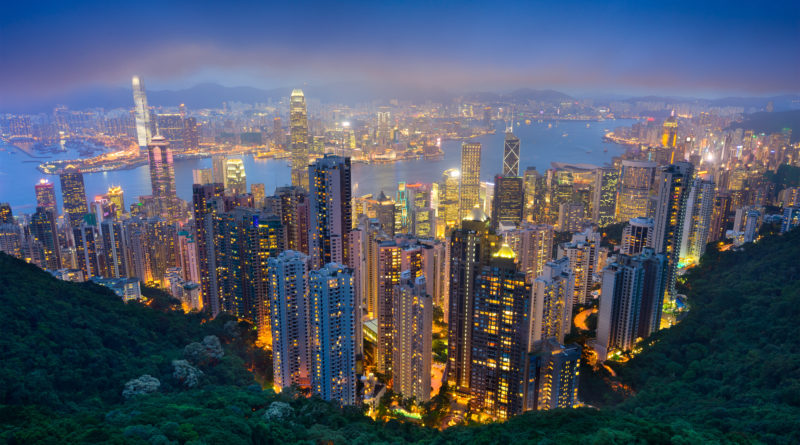Violence Is Escalating in Hong Kong
22,070 total views, 1 views today
Over the past two months, citizens in the autonomous territory of Hong Kong, which transitioned from British to Chinese rule in 1997, have been protesting a proposed bill that would allow the Chinese government to extradite Hong Kong residents to stand trial in mainland China. Late Sunday into early Monday, these protests again grew violent, with riot police clashing with thousands of anti-government activists.
This recent violence followed a busy weekend for Hong Kong’s protestors. On Saturday, protestors marched to stand against an assault in which triad gang involvement is suspected. That march became violent upon riot police interfering to scatter crowds. The following day, a stationary protest held in a park transformed into a march involving tens of thousands of protestors, who wore almost entirely black clothes and flooded several key Hong Kong roads, drastically slowing traffic flows around the city.
Many of these protestors took their march to Hong Kong’s Central Government Liaison Office, where Chinese government representatives to Hong Kong are based. This protest group and location became the site of Sunday and Monday’s violence, with riot police using tear gas, rubber bullets, and other weapons to disperse protestors. Hundreds of riot police barricaded the Central Government Liaison Office from the protestors.
These protests were not the first to target the office. As Sunday’s protestors approached the building, they encountered a large barricade set up in the wake of the building’s defacement a week earlier. Additionally, police protected the Chinese emblem donning the building with a plastic shield intended to deter vandalism.
Riot police acted so violently towards protestors that many of them were forced to the ground. Many protestors have alleged that Hong Kong’s riot police are using excessive force, and additional protests to those held on Sunday and Monday focused specifically on the exact sort of police brutality that occurred in response.
Protestors have come prepared to encounter violence, with many wearing hard hats, gas masks, and body armor to resist tear gas and rubber bullets. Protestors have additionally taken apart fences and street signs for use as extra armor. To make themselves known to passerby and ensure their cause is recognized around the territory, protestors have also used these fences and signs as instruments, as hitting them with metal sticks makes a loud, echoing noise resembling a heavy drum beat.
Throughout the past two months’ protests, activists have spread messages including “free Hong Kong,” “reclaim Hong Kong,” and “revolution of our times.” Under the “one country, two systems” rule that China imposed upon taking over British rule, Hong Kong citizens are granted freedoms that citizens of mainland China do not receive. China has denied any excessive involvement in Hong Kong’s governance and has also stated that the ongoing protests are a blatant challenge to the “one country, two systems” rule.
The protests comprise the most severe political crisis that Hong Kong has encountered since returning to Chinese rule. Although the protests initially focused on opposing the extradition law, they have expanded to include the demand that Hong Kong leader Carrie Lam, whom China backs, resign. Lam has stated that she will not yield to the protestors.

